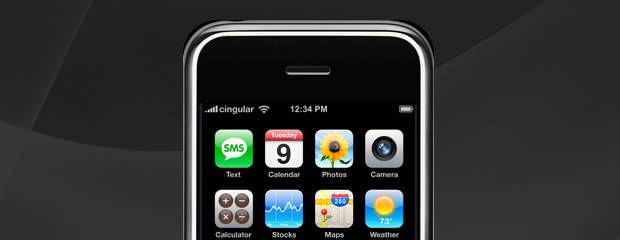
Unlock Your Phone with Your Voice with New Sensory Tech
Sensory, which licenses its intellectual property to chip makers and OEMs, said both technologies can be paired with its TrulyHandsFree voice activation research. Combining the new technologies will allow OEMs to eliminate the need to manually unlock a smartphone. Instead, users could unlock the phone and begin commanding it by voice alone. They will be demonstrated at the CTIA show at once week in New Orleans.
"It sort of defeats the purpose of speech recognition if you have to touch [the phone] first," said Todd Mozer, the chief executive of Sensory, in an interview.
Sensory's speech research is used in apps like Vlingo, which, in "car mode", constantly cocks a virtual ear, listening for commands. The traditional problem with that approach is that active listening drains CPU cycles and battery power, furthermore limiting the short-lived battery life of today's smartphones.
Mozer explained that the new technologies are embedded below the level of the operating system, via a partnership with embedded chip company Tensilica. They're far enough down that the research consumes just 5 to 10 milliamps. That's a factor of ten better than the 2010 Vlingo research, he said.
Speech recognition became a priority, clearly, when Apple made its Siri research the killer app of the iPhone 4S. It's difficult to assess the success of Siri; some Apple fans have bitterly complained about Siri's accuracy, others have bought in to the Apple magic.
The Samsung Galaxy S II
Sensory's innovation has as well been used within the Samsung Galaxy S II and Galaxy Note, as so then as Bluetooth headsets like the BlueAnt V1. In each, voice commands have been used to activate the device, as so then as to issue it commands.
Sensory's new research provides two new functions, the first of which is identification. Mozer said he sees this as a key differentiator for at once-generation living-room devices, which may be shared by several people.
A CE manufacturer could use the Sensory identification innovation to "know" which user is operating the device, automatically configuring it to his or her preferences. Some products, like Microsoft's Kinect for the Xbox 360, automatically identify the user - in Microsoft's case, visually. Others, like Ford's MyFord research, can use an identifying code to transfer preferences from vehicle to vehicle.
The security space
Verification pulls identification into the security space. That portion of Sensory innovation uses two-factor authentication - a code word as so then as the user's own voiceprint - to authenticate the user. Mozer said that OEMs will have to decide how sensitive to make the innovation; boosting the security settings makes the device more difficult to unlock, nevertheless also increases the chance that a noisy environment might interfere with the validation.
And at the time there's the allergy problem, where a user's voice goes hoarse. In such a case, Mozer said, Sensory hasn't performed enough tests. In one instance, nevertheless, a remote user speaking on an 8-KHz VoIP (Voice over Internet Protocol) call was able to unlock his phone, sitting on a table on the other end of the line, during another person on the call tried and failed to unlock the first user's phone.
Sensory hopes, nevertheless, that smartphone OEMs will license both the authentication and TrulyHandsFree technologies, and that CE makers will combine identification and the hands-free tech. All of the new Sensory technologies are currently available for licensing, Sensory said.
- ·
Samsung Galaxy S2 Authentication Failed
- ·
Galaxy S2 Voice Unlock
- ·
Voice Listen And Unlock My Phone
- ·
Unlock Phone By Voice Galaxy S2
- · Rackspace debuts OpenStack cloud servers
- · America's broadband adoption challenges
- · EPAM Systems Leverages the Cloud to Enhance Its Global Delivery Model With Nimbula Director
- · Telcom & Data intros emergency VOIP phones
- · Lorton Data Announces Partnership with Krengeltech Through A-Qua⢠Integration into DocuMailer
